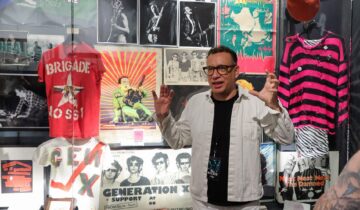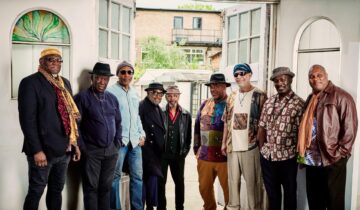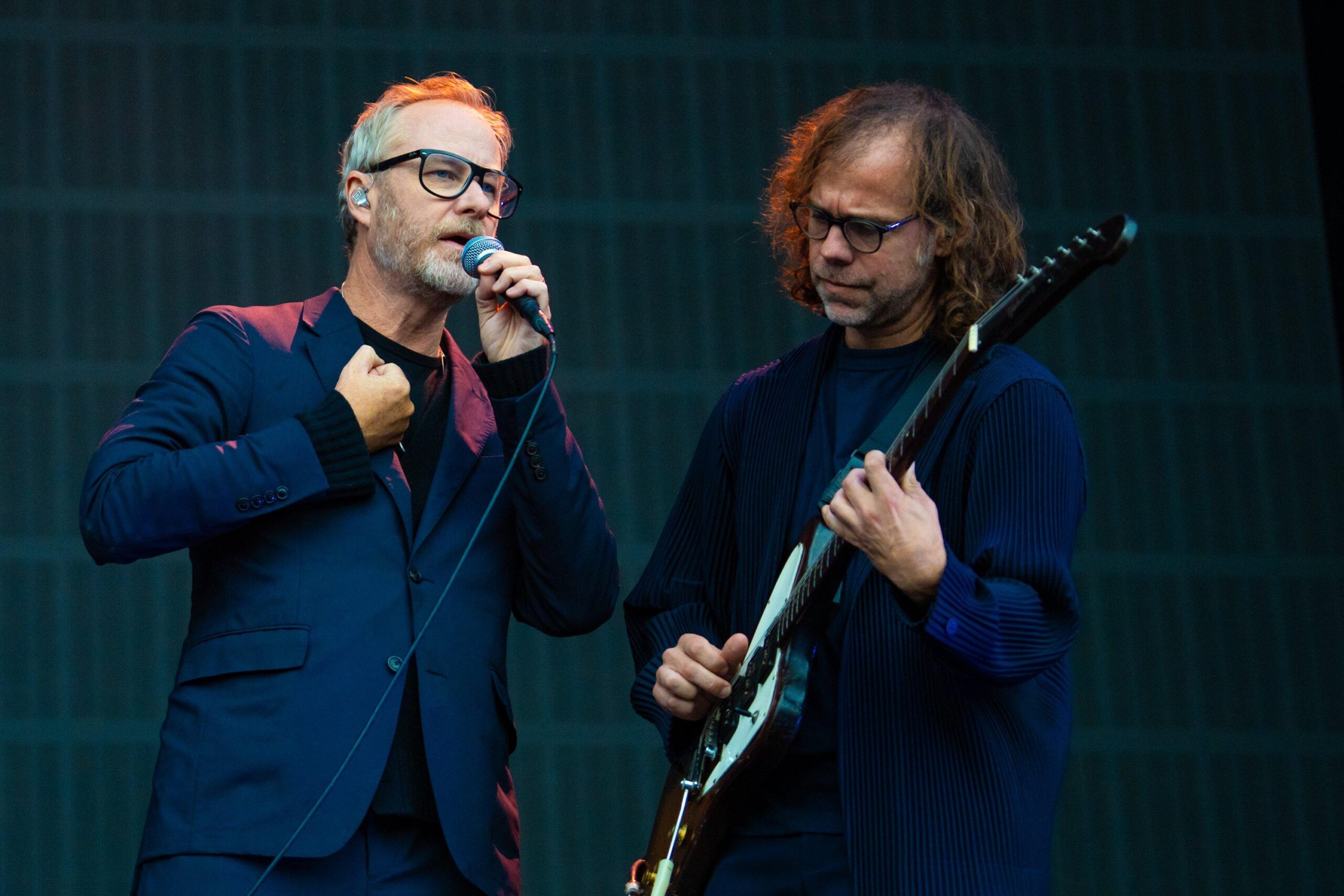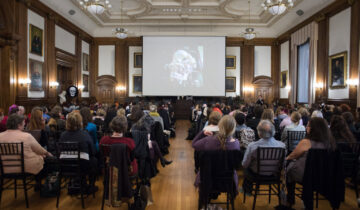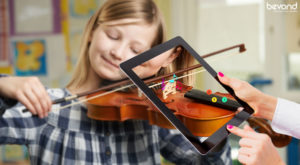 For the ECONOMIST:
For the ECONOMIST:
YouTube, digital sheet music and apps have long been popular; augmented and virtual reality are likely to further reshape music learning, especially for “casual learners.”
ONE OF the biggest challenges to traditional music learning is the need for practice. Students must play scales, chords and patterns over and over in hopes of developing muscle memory; for many, it is a daunting and tedious task. Research has shown that individual practice is often not productive because learners receive limited feedback and too often lose interest and motivation.
In 2013, researchers at the University of Auckland set out to determine whether an immersive, augmented-reality (AR) experience could improve the efficiency of learning of seven beginner piano students. Using goggles (AR combines what the viewer sees in the real world with images projected by the AR device) and a computer-connected keyboard, the programme drew inspiration from music and rhythm games and karaoke videos, where text and music are synchronised using visual cues. Green lines representing virtual notes appeared alongside the musical score as the user played. In “Note Learning Mode”, individual notes paused and waited for the user to press the key before continuing.
Not all users loved the system—some said it was confusing or intimidating—but they could set individual goals for improvement, and the game-like nature of the system encouraged participants to compete with each other to get higher scores. All agreed it was helpful at this early stage of learning.
Last May Samanta Shi and Sean Kelly, two students at New York University’s campus in Shanghai, won an award at the TechCrunch Disrupt Hackathon for developing a music-learning platform called Teach-U: VR (Virtual Reality). Using a Google Cardboard VR device combined with an infrared sensor, users can “play” virtual instruments. Music teachers or bandmates can join the same virtual space via Wi-Fi, eliminating the need for costly instruction and making music learning more interactive and less solitary. The interface was rudimentary, but Ms Shi argues that it remains “much cheaper than an instructor and a piano”.
These cutting-edge devices have not hit the market, but learners still have plenty of options. Ubiquitous tools like YouTube, eBooks, digital sheet music and digital flashcards are becoming staples of music-learning. AR tablet and smartphone apps allow learners to visualise note names, scales and chord patterns on piano keys and guitar frets. Rather than refer to PDFs or standard text, music learners can tap on portions of virtual, 3D models of mixing consoles on a tablet and see specific details about various sound changes as they happen.
Christian Scott Atunde Adjuah, an award-winning New Orleans trumpeter, makes it possible for fledgling musicians to play along with tracks via his Stretch Music mobile phone app; he is now developing a VR component that will enable them to play along with him onstage and experience his reactions to what they play in real-time. “How cool would it have been if, you know, if in 1958, 1959, when, you know, Miles’ band was recording ‘Round About Midnight’ or ‘Kind of Blue’, and if you could take the trumpet out and play the record as Miles Davis?” Mr Scott says in a behind-the-scenes interview for the app. “What would music sound like today if you actually had the resources to be able to do that?”
Talking at a “Learning and Teaching Music in the Digital Era” discussion at SXSW, Marty Schwartz, a guitarist, said that the immersive experience offered by the “Guitar Hero” music rhythm games in the early 2000s was an “explosive” turning point for interest in guitar music. Social media, tablets and mobile phones and apps such as Mr Scott’s have since opened the floodgates. Mr Schwartz now offers more than 1,500 video music lessons online, along with downloadable “jam tracks” for students to play along to, and personal lesson tracking.
“I used to just teach based on memory, but found I was often wrong about what was actually being played. Slowing down a digital track and looping portions of it fixed that,” Mr Schwartz says. “We’re in an instant-gratification world now. Internet learning is great for the casual learner, and that’s who I cater to. I’ve helped casual learners get into music schools.”
Big publishers are being forced to adapt. Hal Leonard used to distribute sheet music and recordings to school music programmes on vinyl and then CDs: it now uses download cards, online play-along tracks and YouTube, which makes the music more shareable and more compatible with the digital natives learning to play instruments for the first time. “Students are now on YouTube asking their band and choir directors for sheet music for songs they are excited about,” said Jeff Schroedl, Hal Leonard’s executive vice president, who sat on the panel with Mr Schwartz. “A C-chord is still a C-chord, but the music delivery methods have changed dramatically.”
To be sure, some aspects of music learning have remained the same, despite the vast technological shifts. According to Mr Schroedl, copies of “fake books”—collections of basic sheet music for common pop or jazz tunes—sold more in 2016 than ever before. “Hit songs drive the market more than all the bells and whistles,” he says. “‘Hamilton’, ‘Frozen’, ‘Titanic’, ‘La La Land’, Metallica’s Black Album. Those drive people. Songwriters are the key.”
Fake books may still be selling, but novice musicians don’t need them. Experiential, digital approaches to music learning are becoming more ubiquitous: countless free music performance videos and free video tutorials—not just music playing, but related themes like conquering performance anxiety—are available online. It could be enough to render any book of scales or songs unnecessary.
